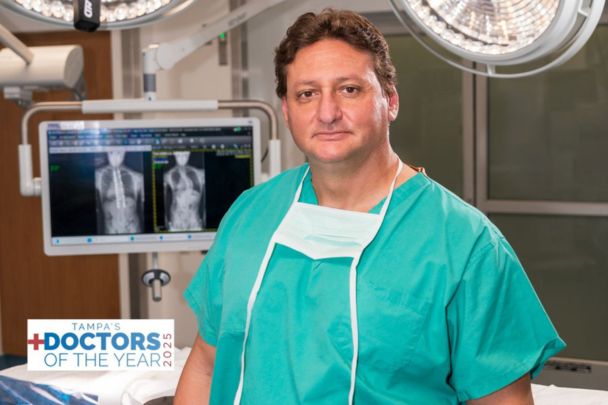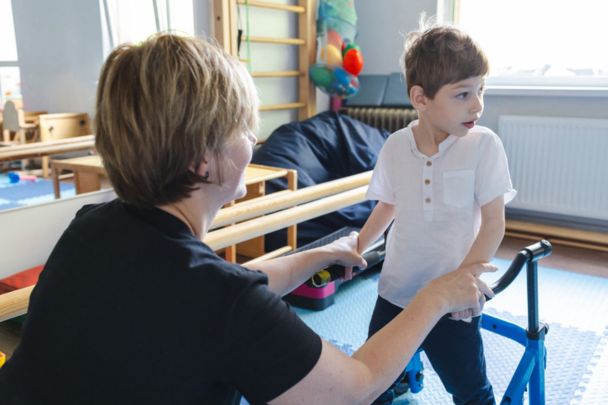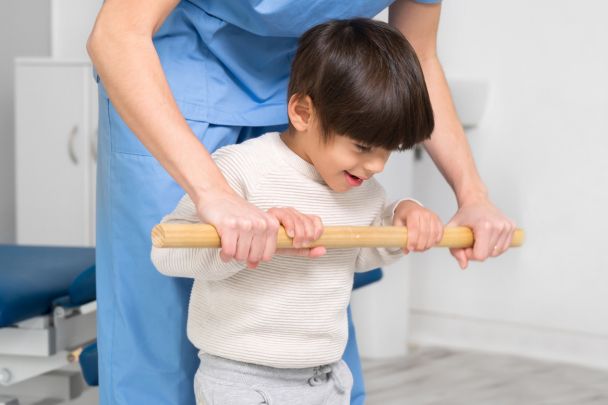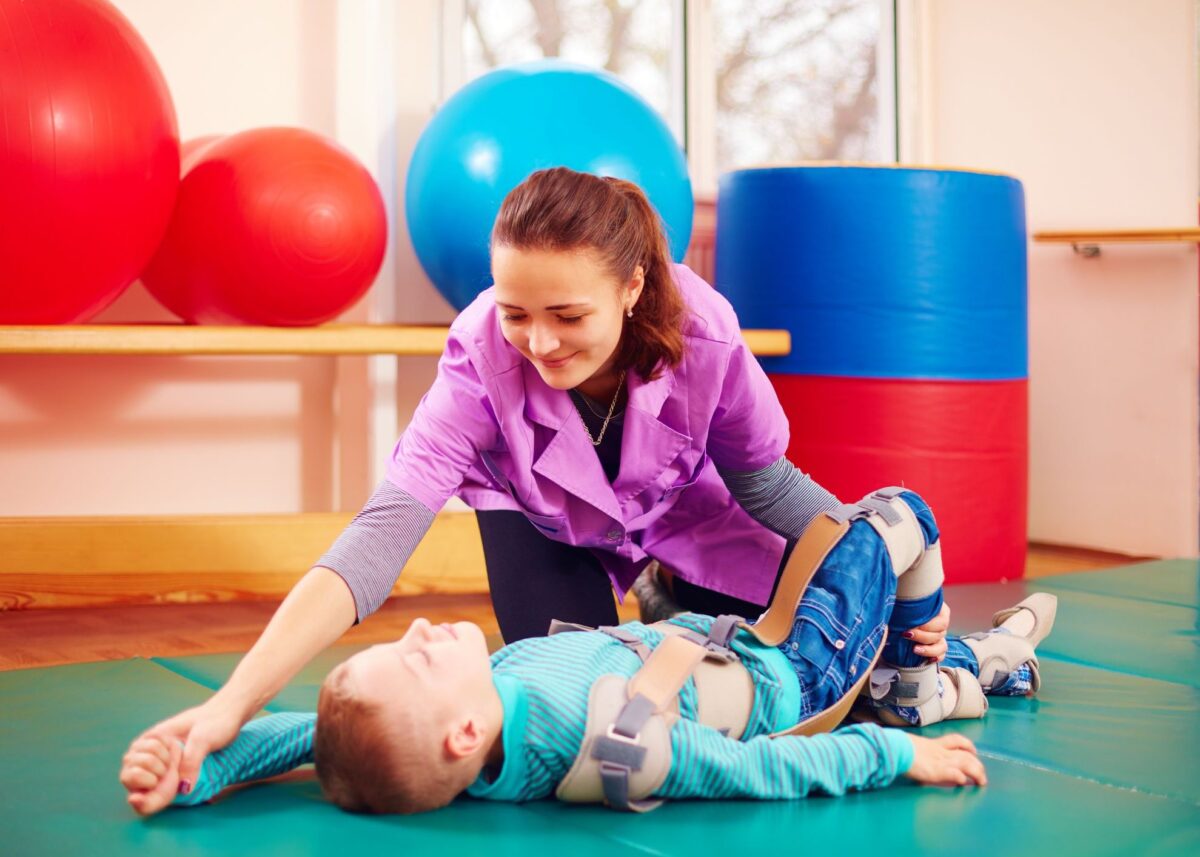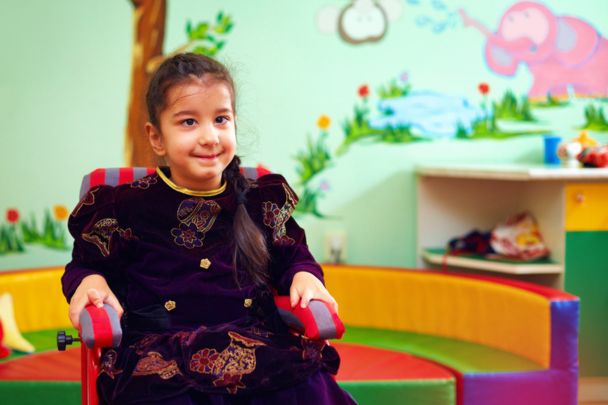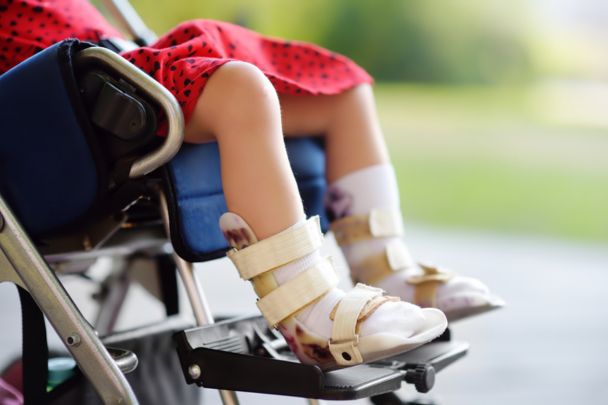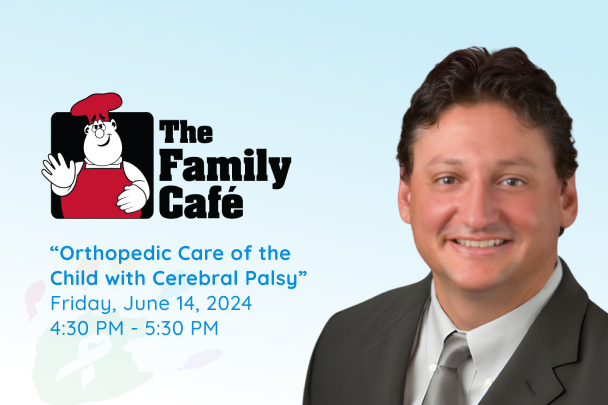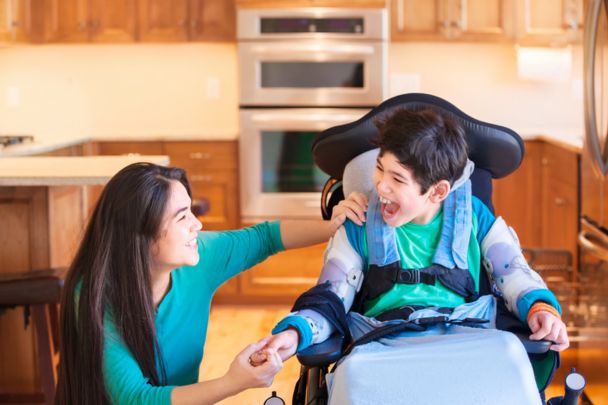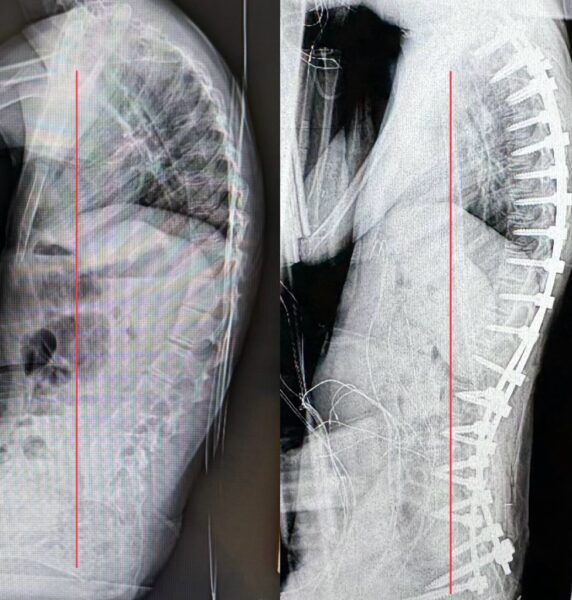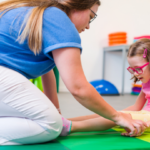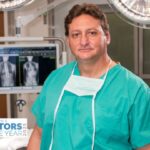Cerebral palsy is a group of neurological disorders that affect movement, muscle tone, and coordination. It is the most common motor disability in childhood, and while there is no cure, various treatments can significantly improve quality of life.
Under the guidance of Dr. Siambanes and Children’s Cerebral Palsy, we are committed to raising awareness and providing resources for families and individuals affected by cerebral palsy. The cerebral palsy treatments below are among the many available options.
A Look at Cerebral Palsy Treatments
Cerebral palsy treatments are diverse and tailored to each individual’s unique needs. They aim to manage symptoms and improve motor functions. An interdisciplinary approach, incorporating therapies, medications, and sometimes surgical interventions, often proves most effective.
Among the many therapeutic options available, physical therapy and occupational therapy are two of the most commonly recommended treatments. These therapies are crucial in promoting mobility, independence, and daily functioning for individuals with cerebral palsy.
Physical Therapy
Physical therapy is a cornerstone of cerebral palsy treatment, focusing on enhancing motor skills, strength, and balance. Through targeted exercises, physical therapists help improve muscle strength and coordination, leading to better movement control.
Additionally, therapy activities are designed to boost balance and flexibility, significantly reducing the risk of falls and injuries. Dr. Siambanes and pediatric physical therapists work together to tailor exercise programs that improve strength, mobility, and coordination.
Occupational Therapy
Occupational therapy is a vital component of cerebral palsy treatments. It helps individuals develop the skills needed for daily living. Therapists work with children to teach them essential tasks such as dressing, eating, and bathing, promoting greater independence.
Additionally, they recommend the use of adaptive equipment, such as special utensils or seating arrangements, to facilitate these activities. Through tailored strategies, occupational therapy enhances the ability to perform everyday tasks, thereby improving overall quality of life as part of comprehensive cerebral palsy treatments.
Advanced Gait Analysis
Our state-of-the-art motion analysis center is equipped for 3-D gait analysis, allowing us to precisely measure movement, muscle activity, and force production during walking. This advanced system supports accurate diagnoses and guides the development of targeted treatment plans for improved mobility and function.
Advanced Cerebral Palsy Treatments
Advanced cerebral palsy treatments include medications and surgical solutions, which can be tailored to address specific symptoms and improve quality of life. These advanced cerebral palsy treatments offer targeted solutions that, when combined with therapies, can significantly improve daily functioning.
Medications
- Muscle Relaxants: Medications such as baclofen and diazepam are prescribed to reduce muscle spasticity and improve movement
- Botox Injections: Botulinum toxin can be injected into specific muscles to relieve spasticity for a few months, aiding in more effective physical therapy
- Anticonvulsants: Used to control seizures, which are common in individuals with cerebral palsy
Surgical Solutions
Surgical options, as advised by Dr. Siambanes, might include orthopedic surgery for tendon release and muscle lengthening, as well as innovative procedures like selective dorsal rhizotomy and intrathecal baclofen therapy.
- Orthopedic Surgery: Procedures like tendon release and muscle lengthening aim to correct alignment and improve mobility
- Selective Dorsal Rhizotomy (SDR): A neurosurgical procedure that reduces spasticity by cutting nerve fibers that cause muscle tightness
- Intrathecal Baclofen Therapy (ITB): ITB involves the implantation of a pump that delivers muscle relaxants directly to the spinal fluid, providing long-term relief from spasticity
Alternative and Complementary Therapies
Alternative therapies are an important aspect of comprehensive cerebral palsy treatments, offering additional avenues to improve quality of life. Aquatic therapy, or hydrotherapy, uses water’s buoyancy to support movement and reduce stress on muscles and joints. This therapy helps enhance motor skills and reduce spasticity through low-impact exercises.
Speech and language therapy focuses on improving communication skills, which are essential for social interaction and development. Therapists work on articulation and fluency to enhance speech clarity, and for nonverbal children, they introduce communication aids like picture boards or speech-generating devices. These therapies help children express themselves better and interact more effectively with their environment.
Our Multidisciplinary Approach
At Children’s Cerebral Palsy, under the leadership of Dr. Siambanes, we pride ourselves on our comprehensive approach to care, tapping into the expertise of specialists from various fields to ensure every aspect of each child’s needs is addressed. This multidisciplinary approach is fundamental to our mission, ensuring that all treatments are cohesive and tailored to enhance our patient’s overall quality of life. Our multidisciplinary approach includes access to:
- Pediatric Neurologists: Pediatric neurologists provide expert management of seizures and spasticity through tailored medication plans guided by Dr. Siambanes.
- Pediatric Neurosurgeons: These surgeons perform selective dorsal rhizotomy and install baclofen pumps to manage severe spasticity as part of strategies developed under Dr. Siambanes’ supervision.
- Pediatric Physiatrists: Physiatrists provide medical management of spasticity and targeted Botox injections to enhance function in coordination with Dr. Siambanes’ treatment protocols.
- Pediatric Orthopedists: Our orthopedists conduct surgeries to release contractures and realign deformities, improving mobility and use of limbs, following the comprehensive plans laid out by Dr. Siambanes.
- Pediatric Physical Therapists: Physical therapists focus on rehabilitation to boost range of motion, gait, and strength for better daily functionality, integrated into Dr. Siambanes’ holistic care strategy.
This collaborative team approach ensures each child at Children’s Cerebral Palsy receives the most effective, customized treatment plan possible, combining medical expertise with compassionate, patient-centered care led by Dr. Siambanes.
Get Expert Advice and Support Today
Children’s Cerebral Palsy, under the leadership of Dr. Siambanes, is dedicated to providing the highest standard of care and support for families and individuals with cerebral palsy. We are committed to crafting personalized treatment plans that address the unique needs of each child. Contact Dr. Siambanes and the Children’s Cerebral Palsy team now to schedule your consultation and start on the path to better management and improved daily living for your child. Together, with our comprehensive and compassionate approach, we can make a significant difference.


